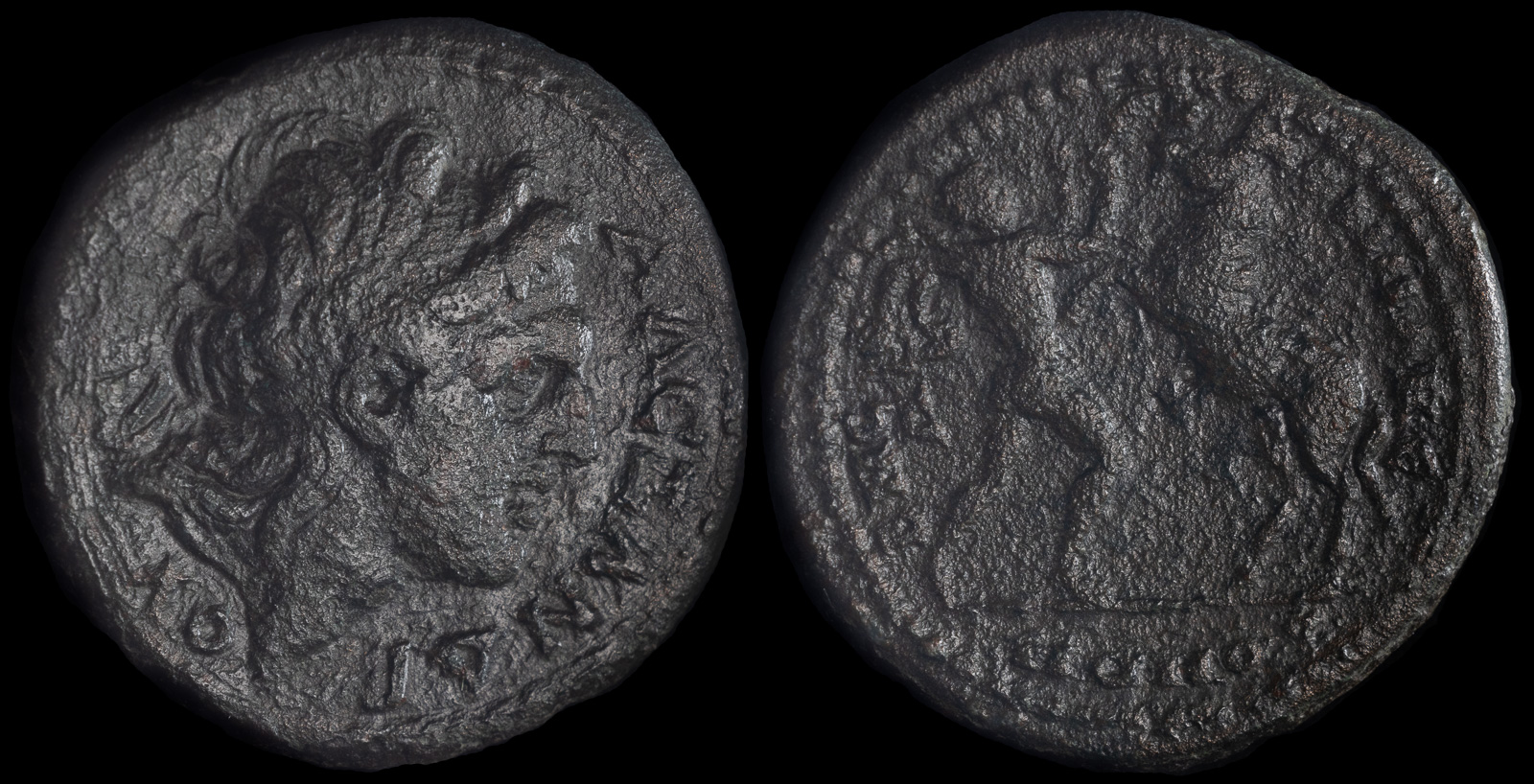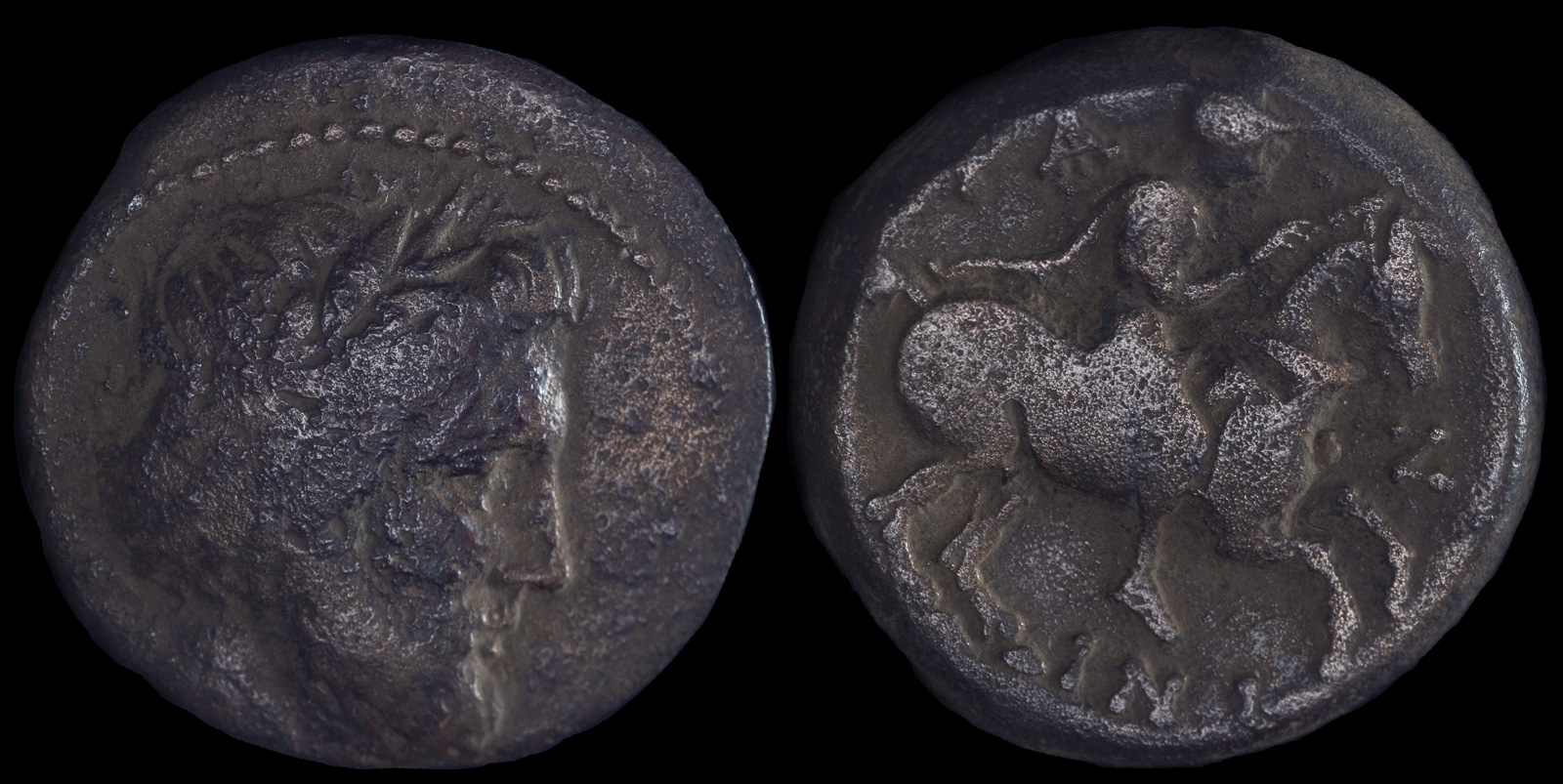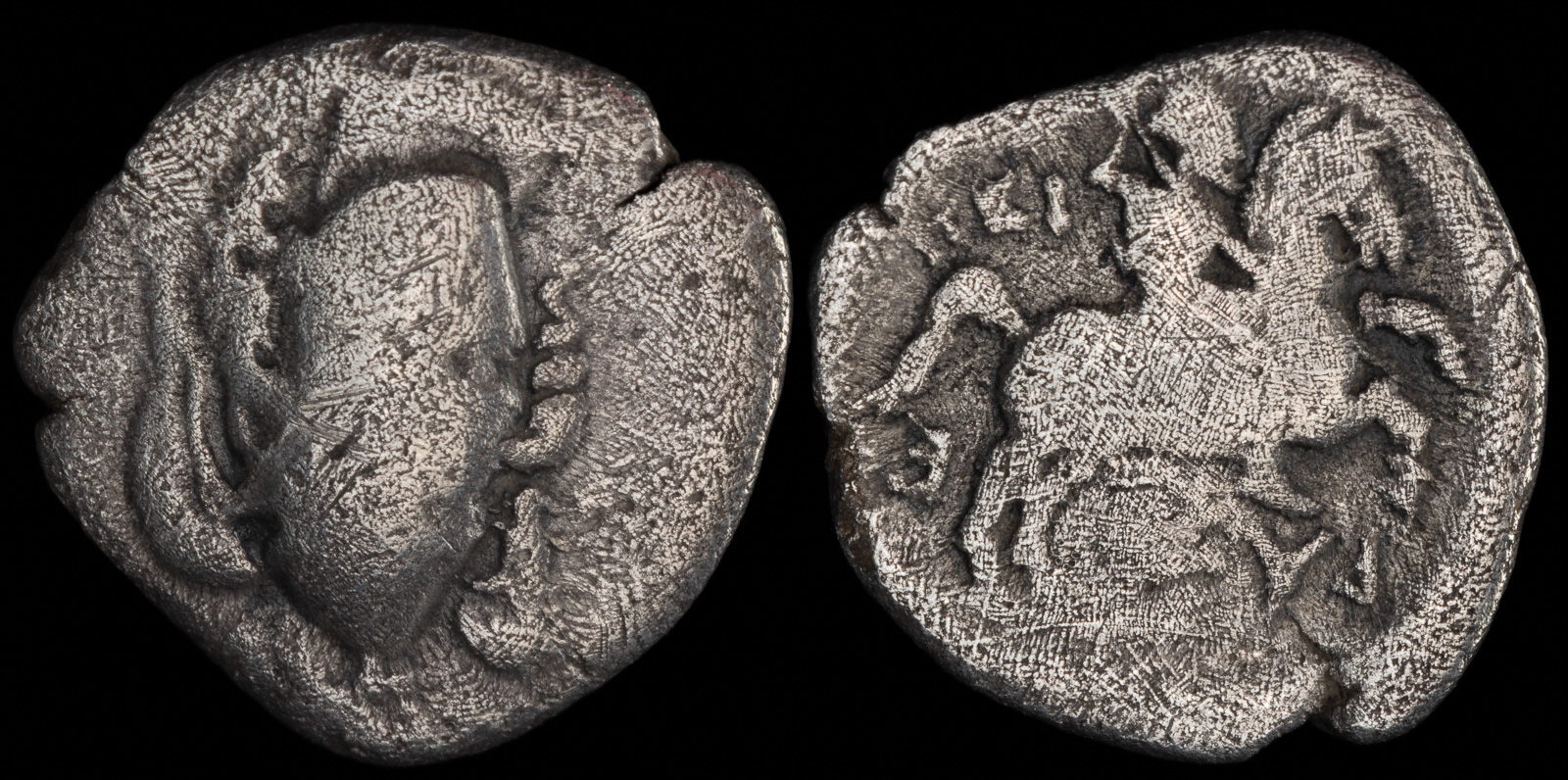Rearing
View All Tags
One of the key symbolic meanings of a rearing horse was military prowess. Horses were central to ancient Greek warfare, particularly in cavalry units and chariot races. The rearing horse, therefore, signified a warrior’s or a city-state’s strength and preparedness for battle. The image could represent the might of a king, a ruler, or a heroic figure, with the horse acting as a representation of their ability to lead and command in battle. Coins depicting rearing horses often commemorated military victories or the strength of a ruler’s reign.
In addition to military symbolism, the rearing horse was also associated with victory and competition. The Greek passion for chariot racing, especially at events like the Olympic Games, meant that the horse was linked to athletic and competitive success. A horse in this pose might celebrate victories in chariot races or symbolize the city’s achievements in public games. This connection to victory was not only military but also athletic, underlining the cultural importance of both competition and triumph in Greek society.
The rearing horse, with its dramatic and powerful posture, also conveyed the wealth and prestige of the issuing city-state. It was often used to communicate the elite status of the ruler or the city, as horses themselves were expensive and valuable animals. Thus, these coins were more than just a reflection of economic power; they were also expressions of cultural pride, showcasing the city’s heroic achievements, its military dominance, and its athletic prowess.

Macedon Koinon. Pseudo-autonomous
Time of Gordian III (238-244 CE)
Æ 28mm, 13.79 gm, 12h
Obv: AΛEΞANΔPOY. Diademed head of Alexander right; lightning bolt (blitz) below neck on right.
Rev: KOINON MAKEΔONΩN B NE – Ω below E, Alexander standing on left, placing harness on Bucephalus rearing on right.
AMNG III 557

Thessaly, Krannon
circa 350-300 BCE
Æ Dichalkon 17mm, 5,11g
Laureate head of Poseidon (or Zeus) to right /
KPANO[NIΩN], warrior on horse rearing to right
Rogers 185 var. (legend); BCD Thessaly II 117.9

Thessaly, Peirasia
4th century BCE
AR Trihemiobol 12mm 1.12g
Av: Helmeted head of Athena facing slightly left.
Rv: Warrior on horse rearing right, brandishing spear. ΠEI-P-A-Σ-I counterclockwise around (partially retrograde)]
cf. BCD Thessaly II 503 (ethnic); HGC 4, 704